April 17, 2019, ‘Items were signed for by Mary K. Childs-Henry – Item 001 Sealed envelope said to contain biological evidence.’
Then again, June 24, 2019, ‘Items were signed for by Mary K. Childs-Henry – Item 004 Sealed envelope said to contain biological evidence.’
The Mamou trial is riddled with information not shared with Charles Mamou or the jury – and in 2019 two notes were made in the case file noting – ‘Biological evidence’ signed for. Those two notes became two more things Harris County didn’t share with Charles Mamou.
* * * * *
In 1998, Charles Mamou was accused of fleeing a drug deal gone wrong and killing Mary Carmouche. He was then convicted and sentenced to death by a jury who wasn’t told all there was to know.
The victim was last seen late on a Sunday, early on Monday morning. On a Wednesday, Terrence Dodson, the prosecution’s key witness, stated Mamou confessed to him, making a video statement. In it, he claimed Mamou called him from Louisiana in the early morning hours of Tuesday – the day before. He also stated Mamou told him to pick him up from the bus station in Houston that same night, Tuesday night.
During that interview, investigators were aware Mamou was not in Louisiana on Tuesday morning nor on Tuesday mid-day, but actually in Houston. Mamou didn’t get on a bus from Houston, going to Louisiana, until 1:30 in the afternoon on that Tuesday. As a matter of fact, at the very time Dodson was making his statement in one room at HPD, another witness was making a statement as well. That witness actually drove Mamou to the bus station leaving Houston on Tuesday afternoon – not heading back to Houston as Dodson was telling police but away. The written statement of the other witness – is notarized by the same investigator that took Dodson’s video statement. Detective Novak had decades of experience at HPD.
The jury heard Dodson’s testimony and were never told the conflict. They also heard a different version of how the ‘confession’ took place than the recorded one. At trial, the confession was described as taking place over days, partially on the phone and partially in person. The jury never heard Dodson’s inconsistent details.

The jury was also never shown a letter Dodson wrote Mamou months later stating he was glad Mamou didn’t tell him shit.
* * * * *
Mamou always maintained he drove back to an apartment complex on Fondren after the drug deal gone wrong – that was the last place he saw Mary Carmouche. He’s described the people he saw and some details about the parking lot that night. In contrast, the prosecution argued Mamou fled the drug deal, sexually assaulted and killed Carmouche behind a home on Lynchester Avenue.
Mamou described seeing Shawn Eaglin leaving Howard Scott’s apartment and getting into a Yellow Cab that night. An employee for Yellow Cab testified that – yes, the company had a call from a ‘Shawn’ and a cab was requested for the address of Howard Scott who lived at the complex. The prosecution, in turn, pointed out that anybody could call a cab and use any name and any address – it doesn’t prove it was actually a legitimate call or that anyone was picked up.
It was not pointed out for the jury that the caller I.D. from the cab company listed Howard Scott’s home phone number. Mamou didn’t know until 2019 that the calling number listed on the Yellow Cab printout supported what he had always said.

The jury also did not hear Shawn Eaglin lived approximately five minutes from the apartment complex. That is the amount of time the cab log indicated the customer’s drive was.
* * * * *
According to Detective Novak’s testimony, Shawn Eaglin was an individual they were looking at as a potential suspect. Eaglin’s name is handwritten throughout the case file. According to everyone’s testimony, Eaglin knew most of the individuals involved, as well as introduced most of them. A written statement by Robin Scott refers to police going to Shawn Eaglin’s home during their investigation.
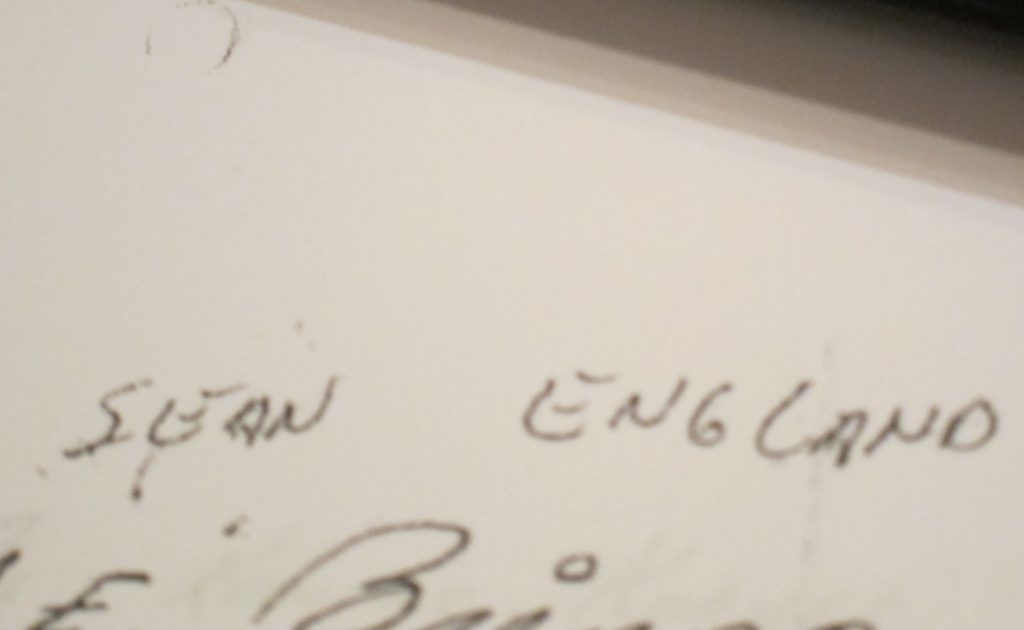
There are no records of any interviews of Shawn Eaglin in HPD’s file.
* * * * *
Howard Scott was transported to HPD along with his wife, although driven separately, on Tuesday, December 8, 1998. He was transported from his home to be interviewed because what he was telling police was inconsistent with what they were hearing from his wife.
Detective Novak, in his testimony, referred to taking a written statement from Scott the day they initially went to his home and transported him to the police department.
Referred to several times, the original statement given by Howard Scott on Tuesday, December 8, 1998, is not in the records.
In 2019, Scott told an investigator he saw Charles Mamou at the apartment complex parking lot that night. He also said he saw Mary Carmouche there.
* * * * *
Howard Scott testified he went to bed that night – getting ‘no more phone calls’. When specifically asked if that was because his phone was unplugged, “No, it just stopped ringing.”
His phone didn’t stop ringing and HPD was aware of that. An investigator in Scott’s apartment wrote down all the calls from his caller I.D., jotting names by some of the numbers. Phone calls were coming in to Howard Scott’s apartment through 3:43 A.M. that Sunday night. In HPD’s file there is a fax cover sheet, dated September 24, 1999, indicating they faxed the phone records to Lynn McClellan, the prosecutor, during jury selection.
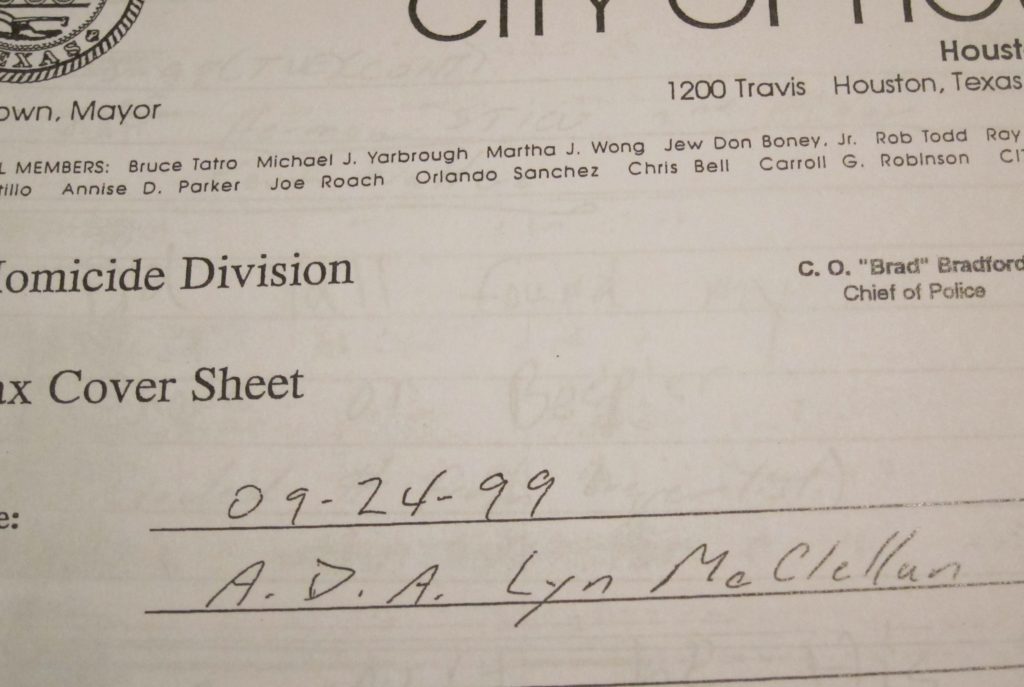
Mamou never knew about the phone records HPD and apparently the prosecutor were aware of until 2019. The jury was never told Howard Scott’s testimony was not accurate and his phone was ringing into the early morning hours. Scott’s credibility was never questioned.
* * * * *
The phone records also indicated Shawn Eaglin, the man Mamou said took a cab from Scott’s apartment and the name the Yellow Cab company said called for a cab from Scott’s address at 3:59 A.M. – also called Howard Scott that night as late as 3:12 A.M.
There were several phone calls from various people in the early morning hours to Scott’s apartment that night. The jury was never made aware of any of them. Charles Mamou was also unaware they existed.
* * * * *
“And he takes her to Lynchester. He marches her to the back, and he makes her commit oral sodomy, makes her suck his penis. Imagine that, ladies and gentleman.” The prosecution asked the jury to imagine that, all the while having results of a rape kit that included oral swabs. The kit indicated no semen was detected. Mamou never knew a kit existed until 2019. The District Attorney had requested the kit be processed months before the trial and had already received the results. Mamou was never charged with sexual assault but the jury was told he assaulted the victim.
The kit also revealed the existence of ‘trace collection items’ and ‘hairs’.
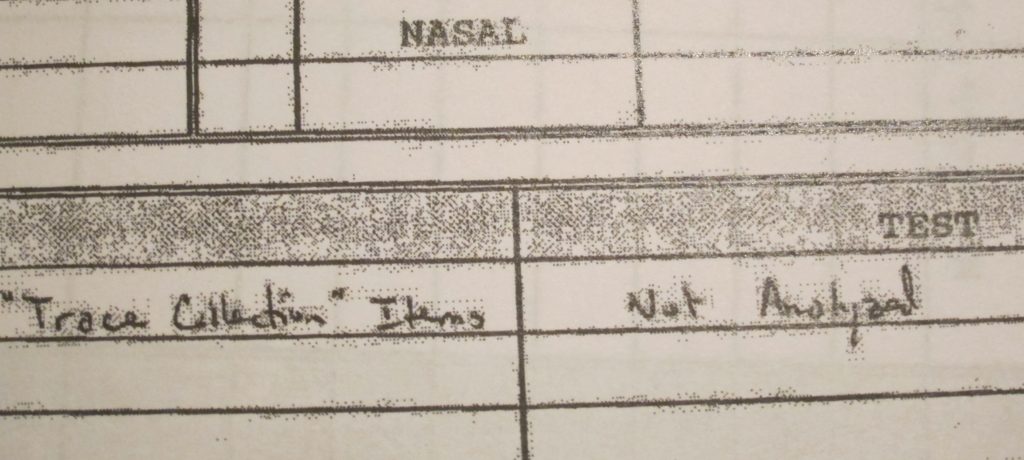
The prosecution nor the defense mentioned this to the jury. Mamou was unaware any of it existed until last year.
* * * * *
Robin Scott gave a written statement to police on Tuesday, December 8, 1998, when she and her husband were transported to HPD for statements, as well as Wednesday, December 9, when police brought them both in again, although Howard Scott’s original statement is not in the police file. In one of Ms. Scott’s statements she told police Charles Mamou had arrived at her apartment at approximately 12:45 on the night of the incident. That time frame would have made it impossible for Mamou to have accomplished what he was accused of, as well as supported his version of events in which he drove directly back to the apartment complex after the drug deal gone wrong.
The jury never knew about the interview. Charles Mamou did not see this statement until 2019.
* * * * *
Samuel Johnson was a participant in the drug deal gone wrong, and Mamou described meeting him at the apartment complex after the original shooting. In contrast, Johnson testified he drove away from the drug deal, straight to his home and to bed, never speaking to anyone.
Phone records contradict that, indicating Samuel Johnson’s cell phone called Howard Scott’s apartment at 2:37 A.M. The previously mentioned phone records included that information. Samuel Johnson also had a landline at his apartment – but the phone call he made was from a cell phone. Twenty years ago, people would often use their landline if they were in their home, but if police investigated the location the ‘cell phone’ call was made from, that information is not in the case file. Mamou never had a chance to investigate where the call was made from, because he was unaware of the phone records HPD had.
At trial and without the phone records, Mamou did not have the opportunity to question Johnson’s credibility after he said he went straight to bed and spoke to no one.
Two witnesses have since told an investigator they saw Samuel Johnson in the complex parking lot that night, having driven in just prior to Mamou – which is consistent with what Mamou has always maintained.
* * * * *
Charles Mamou described a man on a bike in the complex parking lot when he arrived with Mary Carmouche. The prosecution dismissed the claims.
It turns out an individual has since told an investigator he was in the parking lot that night – on a bike – and he saw Mamou drive into the parking lot after Samuel Johnson.
Also supporting Mamou’s account, the phone records indicate a unique phone number called Howard Scott’s apartment on the evening of the incident, at 11:48 P.M. and 1:54 A.M. There is a handwritten note in the HPD investigators phone records, indicating a name next to the number. That name – happens to be an acquaintance of the ‘man on the bike’.
The jury never heard any of that.
* * * * *
The prosecution told the jury, “He tried to murder all four of those people out there, but that was beyond his control.” “That was his plan. It was all premeditated.” “He’s vicious. He’s ruthless. He’s cold-blooded.”
The individual who died at the scene of the drug deal had a loaded gun in his hand. Both surviving parties to the drug deal described their plan to rob Mamou at gunpoint.
* * * * *
The jury was shown autopsy photos and heard victim impact statements concerning a victim of an unsolved murder that took place several months earlier. Mamou has never been charged with that crime, but HPD currently has him listed as ‘Arrested, Charged’.
A man named Joseph Melancon claimed Mamou shot and killed the man, Anthony Williams. The Williams case file includes a witness statement describing Joseph Melancon being dressed up and with Anthony Williams that night. The witness describes the two men leaving the club together. According to the witness, a short time after leaving with Melancon, a man ran in the club saying the victim had been shot.
That witness indicated they thought Joseph Melancon was involved in the murder, but the case was never pursued after Joseph Melancon testified Charles Mamou committed the crime. Melancon’s testimony did not match his original statement to police, but Mamou was never given an opportunity to defend himself of this crime, as he was never charged with the crime.
* * * * *
That’s what took place in Harris County two decades ago. So, in 2019 when it became known biological evidence was signed for, it was reasonable to want to know why. I flew to Houston.

At the HPD Records Department, I was told they didn’t know the answer, and I should contact the Property Room, the District Attorney’s office, and the Medical Examiner.
At the District Attorney’s office, I was told the case was currently ‘closed’. There would be no current requests for evidence from them because no one was working it, and the files themselves were in storage – the case was inactive.
At the HPD Property Room, which was where the biological evidence was signed out from – I was told there is protocol in place, and in order to find out why the biological evidence was signed out, I would need to go to Homicide and speak with the investigator on the case.
At Homicide, I was told it was a ‘cold case’ and there was no active investigator on the case, I would need to talk to the person in charge of cold cases.
The cold case investigator wasn’t in and never returned my phone call.
After I returned home, I was called by someone I had never spoken to, D. Wilker, from Homicide. I was told ‘only the Property Division could answer my questions’. Of note – the Property Division is where I had originally gone and was told that due to ‘protocol’, I would need to go to Homicide.
During that phone conversation, I was also told Ms. Wilker would reach out to the Property Division to see if she could get an answer for me, but she couldn’t make any promises. In addition, she informed me ‘we are mandated to test every piece of evidence’, suggesting that the evidence was taken out for testing. Ms. Wilker also suggested an investigator could have requested the material be checked out, but as I had already been told – there was no investigator on the case at that time. I was told she would get back in touch with me after she reached out to the Property Division.
After a couple weeks and no contact from Ms. Wilker – I called her. Ms. Wilker was dismissive during this conversation, telling me the rape kit results I was looking for at that time were ‘irrelevant’. I was told the defense had every piece of evidence they needed to know. The ‘window of opportunity’ for finding out anything was closed. And, finally, yes, the evidence had been checked out in 2019 and had been in the possession of Mary K. Childs-Henry, but it was now back where it belonged. It had been checked out for ‘cataloging purposes’.
I then asked Ms. Wilker if she considered the matter closed, and she told me she did.
After that phone call I wrote a letter to Internal Affairs and the Chief of Police, as ‘cataloging’ two pieces of twenty year old biological evidence didn’t seem logical, in light of the circles I had been lead in to come to that conclusion.
The Houston Police Department responded, telling me no one had done anything wrong. “In your letter, you inquired about procedures for removing evidence regarding Mr. Mamou’s case. The District Attorney is the only person that can authorize any type of evidence to be released for any reason. There are procedures in place for care, custody and control of evidence that is stored in the Property Room. You may reach the Harris County District Attorney’s Office at ….”
As of this date, it remains unclear why the biological evidence was signed for in 2019.
The employee who signed for the evidence, Mary K. Childs-Henry, also worked for the HPD lab in 1998, when the crime occurred. In the early 2000’s the Houston Chronicle ran several articles focused on HPDs troubled lab, to include mishandling of evidence. Ms. Childs-Henry was mentioned in some of those articles.
“Analyst Mary Childs-Henry never took statistics or genetics, and her failure to do a timely analysis of a DNA sample in 1996 was part of a chain of lab errors that allowed an innocent man to be held in jail for nine months, according to depositions and an internal memo. Two lawsuits were filed over that incident, which prompted the city to audit the lab.” –
Houston Chronicle, ‘Report: File review shows Houston police DNA analysts lack education, training’ – September 6, 2003
“”This just goes to show that the bench workers were doing nothing more than following orders and that the problems in that lab were created by the poor management within the lab and above,” said Fred Keys, Childs-Henry’s lawyer.” –
Houston Chronicle, ‘Panel Tosses Out Crime Analyst’s Lab Suspension’, By Todd Ackerman – February 28, 2004
“So far, two men have been released from prison after the discovery of flawed crime lab work in their cases. In a written statement, Houston Police Chief Harold Hurtt announced that three lab analysts criticized in the report have been relieved of duty pending the outcome of an internal investigation. Those three employees are Mary Childs-Henry, Joseph H. Chu, and Raynard Cockrell.” –
Houston Chronicle, ‘More Problems Found At HPD Crime Lab’, By Steve McVicker and Roma Khanna – January 4, 2006
“Houston Police Department supervisors suspended Mary Childs-Henry, Joseph Chu and Raynard Cockrell after an independent team of experts found they had failed to report evidence that could have helped defendants and that they made errors in DNA and serology tests.” –
Houston Chronicle, ‘Crime-lab Analysts Had Avoided Serious Penalties’, By Roma Khanna – January 8, 2006
“The three – Mary Childs-Henry, Joseph Chu and Raynard Cockrell – were suspended recently after Bromwich’s team found they had failed to report evidence that could have helped defendants and that they made errors in DNA and serology tests.”
Houston Chronicle, ‘Crime Labe Investigator Wants Subpoena Power’, By Steve McVicker – January 10, 2006
“Three analysts suspended because of the latest findings by the Bromwich team — Mary Childs-Henry, Joseph Chu and Raynard Cockrell — have been targeted for discipline in the past but have escaped serious punishment.”
Houston Chronicle, ‘Crime Lab Investigator To Target Specific Cases’,
By Steve McVicker – January 11, 2006
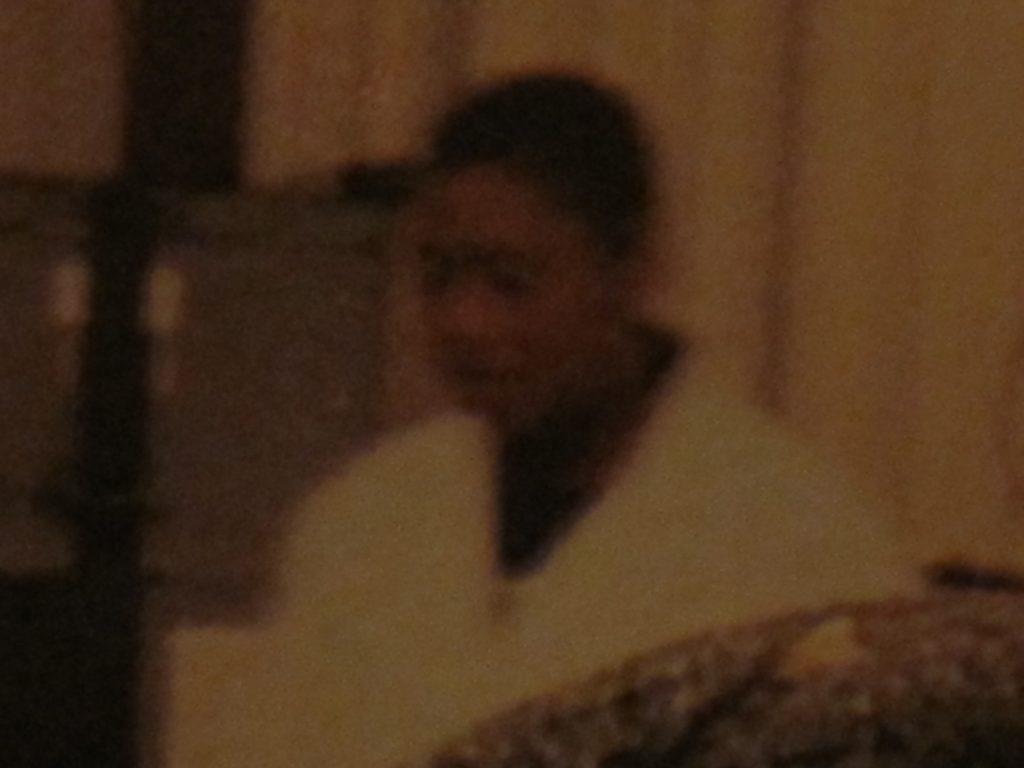
Among the Courtroom exhibits are photos of the Lexus involved in the drug deal with someone in the background who bears a striking resemblance to Mary K. Childs-Henry. Having worked in the lab in 1998, it is possible she also worked on Mamou’s case twenty years ago.
The climate at that time in history, in that place, wasn’t a secret. What remains to be seen is, will the Harris County of today execute Charles Mamou based on a 1999 decision jurors made without all the information available, at a time when the end game wasn’t always justice, but the conviction.
Anyone with information regarding this case can contact me at kimberleycarter@verizon.net. Anything you share with me will be confidential.
All related posts detailing all I have learned over the last two years are available at Charles Mamou.
TO CONTACT CHARLES MAMOU:
Charles Mamou #999333
Polunsky Unit 12-CD-53
3872 South FM 350
Livingston, TX 77351
![]()
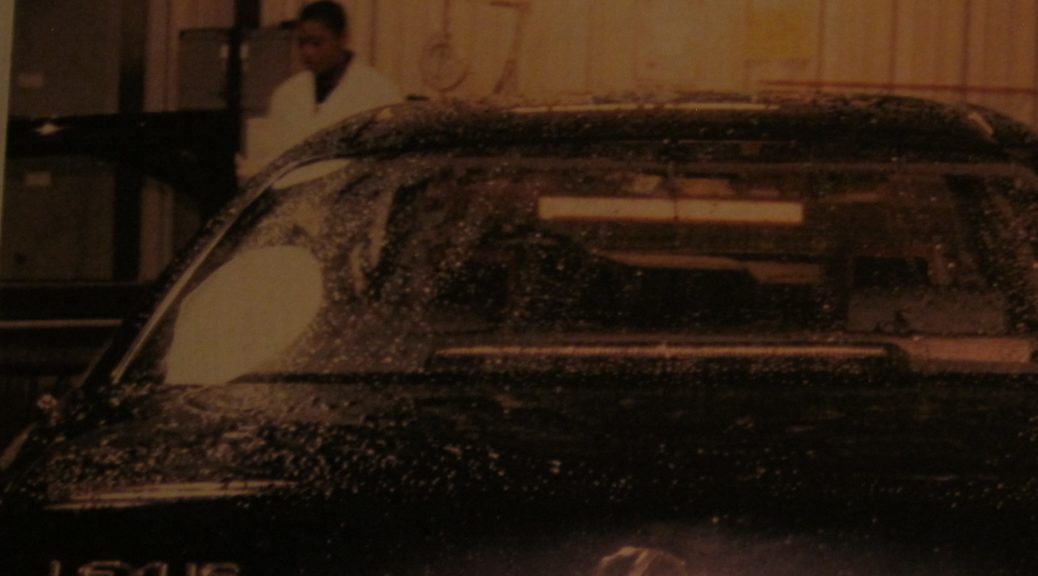
If it was just a drug deal gone wrong why even take the girl with you.
The shooting began and his driver left without him. Mamou jumped in the car and fled. She was in the backseat.